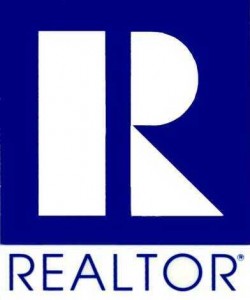QRM Mortgage Rule Could Ease Credit for Consumers
No minimum down payment, as NAR sought
The mortgage financing environment for households could improve as a result of a rule federal regulators are releasing starting today. The Federal Deposit Insurance Corporation is the first of six financial regulators to release the final version of the long-awaited qualified residential mortgage (QRM) rule, which stems from the big 2010 banking reform bill the federal government enacted after the financial crisis.
The QRM rule provides a set of requirements a loan must meet to be considered a safe loan and eligible to be sold to investors as part of a mortgage-backed security without the lender having to retain 5 percent of the loan amount on its books. Because the QRM loan comes without the risk-retention requirement, lenders should be able to make more loans and also make them more cheaply, because they don’t have to pass along that risk-retention cost to borrowers.
 NAR has been vocal for several years that the QRM rule should be broad rather than prescriptive and that it should match up with the qualified mortgage (QM) rule, which took effect at the beginning of this year, and the QRM rule does in fact do that. The QM rule provides ability-to-repay standards for safe and affordable loans, whether or not they’re securitized for sale to investors.
NAR has been vocal for several years that the QRM rule should be broad rather than prescriptive and that it should match up with the qualified mortgage (QM) rule, which took effect at the beginning of this year, and the QRM rule does in fact do that. The QM rule provides ability-to-repay standards for safe and affordable loans, whether or not they’re securitized for sale to investors.
“NAR applauds the Federal Deposit Insurance Corporation for finalizing the Qualified Residential Mortgage rule today, which includes a broad definition of QRM and aligns with the Qualified Mortgage standard implemented earlier this year,” NAR President Steve Brown says.
Under the QRM rule, as under the QM rule, loans are generally considered qualified if the borrower’s debt-to-income ratio is 43 percent, among other things. There is no onerous down payment requirement, which regulators had talked about including and which NAR and coalition partners strongly opposed.
“Importantly, the final rule relies on sound and responsible underwriting rather than on an onerous down payment requirement to qualify as a QRM loan,” Brown says. “NAR strongly opposed earlier versions of the rule that included 20 and 30 percent down payment requirements, which would have denied millions of Americans access to the lowest cost and safest mortgages.”
The rule takes effect in 12 months. That will give lenders time to align their internal processing systems with the requirements. Since lenders have already been aligning their systems to the QM rule, the process can be expected to go smoothly.
For lenders, having the two rules in alignment provides clarity that they’ve long been asking for. One result of this new clarity could be a widening and deepening of loan availability, which has been one of the main stumbling blocks to increased home sales. At a press conference today, NAR Chief Economist Lawrence Yun said the alignment of the two rules could help make credit more available and boost sales.
“Certainly this is a victory for consumers,” Yun says.
Learn more about the rule:
QRM and risk retention.
http://www.realtor.org/topics/qualified-residential-mortgage-and-risk-retention/
QM:
http://www.realtor.org/topics/qualified-mortgage


